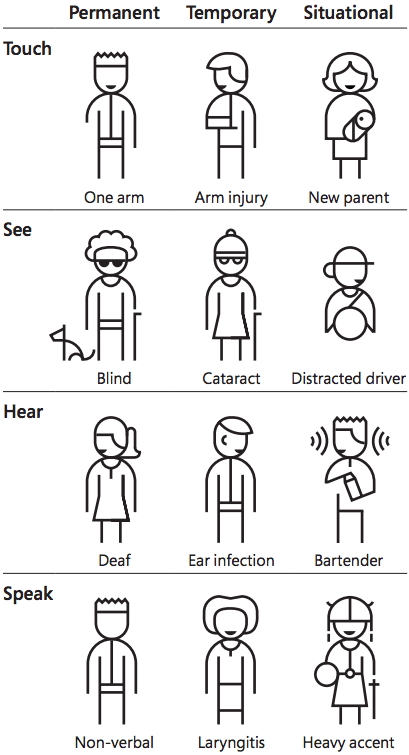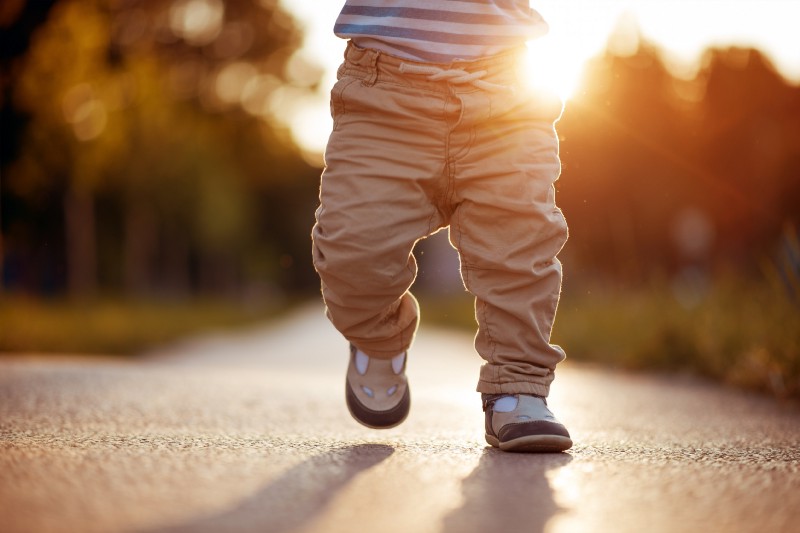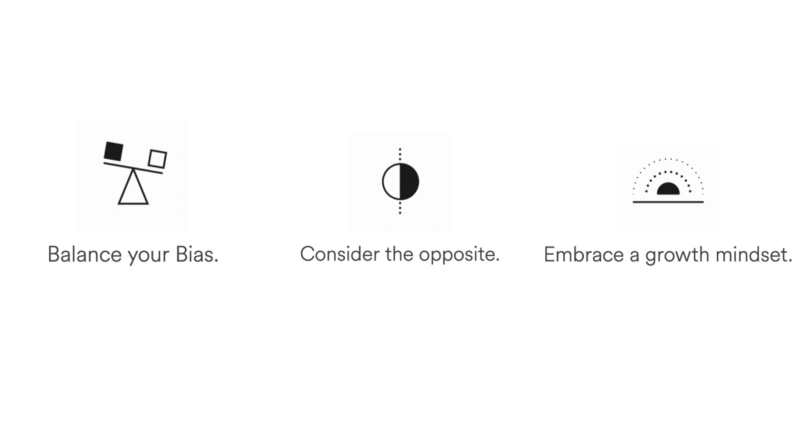
Where’s Wally (he might not be in this crop!)
In my first story ‘User Experience is …’ I promised that …
"over the course of a few stories, I’ll try and cover a few of the sciences we draw upon in our art as a creative community to create engaging experiences."
In my last story I talked around using design frameworks to guide solutions. This time around I’m going to talk about something that I care deeply about. Inclusive design and how every product should be accessible by all.

Where’s Wally (he might not be in this crop!)
Focussing on inclusive design and designing for everyone means that nearly everyone benefits. Accessibility is often mistakenly thought to only affect a small number of people and so only a few would benefit from designing for everyone. Disability is often thought about those with permanent disabilities such as loss of limbs or being permanently visually impaired.
But with this in mind how many people are affected by exclusion? The short answer is practically everyone, at some point and in certain situations.
Everyone is unique. There is no norm.
Microsoft have explored the different situations where exclusion can take place. They categorise these exclusions into three groups: permanent, temporary and situational.

Inclusive Design, Microsoft
The beauty of designing for everyone is the benefits can spread wider than you think. For instance increasing the contrast will help those with sight loss but also help those out in the bright shine shine on a summer’s day. Providing captions will improve the experience for those with hearing loss but also for people who are in noisy environments.
The web should be a place for everyone and designing for everyone is a way of keeping it that way.
Accessibility has been a constant for me in my career and when I’ve moved to new teams I’ve often had to re-educate, mentor and repeat accessibility firsts:

Taking the first steps with accessibility
I’ve seen these firsts happen time and again, each time I’ve felt that I am helping to make a difference and help people. But there are some universal truths:

AirBnb, Another lens
In addition to accessibility principals and testing I’ve found thinking about design wider has helped to design for everyone. Testing your biases and balancing them with challenge questions, alternative views and perspectives is a great way to do this.
Accessibility and design challenge cards can be used at key points to make sure that not just the happy path is being designed but you look at unhappy paths and experiences throughout and what the experience will be like (as well as how it can be recovered if something does go wrong). In doing this I consider the opposites and embracing a growth mindset to build out the experience.
AirBnb provide a great tool for developing another lends and challenge cards:
Another lens
A research tool for conscientious creatives How can you design for everyone without understanding the full picture?
There’s a summary of some of the unique challenges when designing for everyone. With those thoughts in my head, I’m going to look at how design is able to start helping out and start to lead delivery with experience considerations, instead of timescales and deadlines, by looking at how User Experience is ... Lean Roadmapping and how that mindset can start breaking down things into valuable smaller bitesize improvements to the experience.
Originally written as part of the ‘User Experience is …’ series for UX Collective.